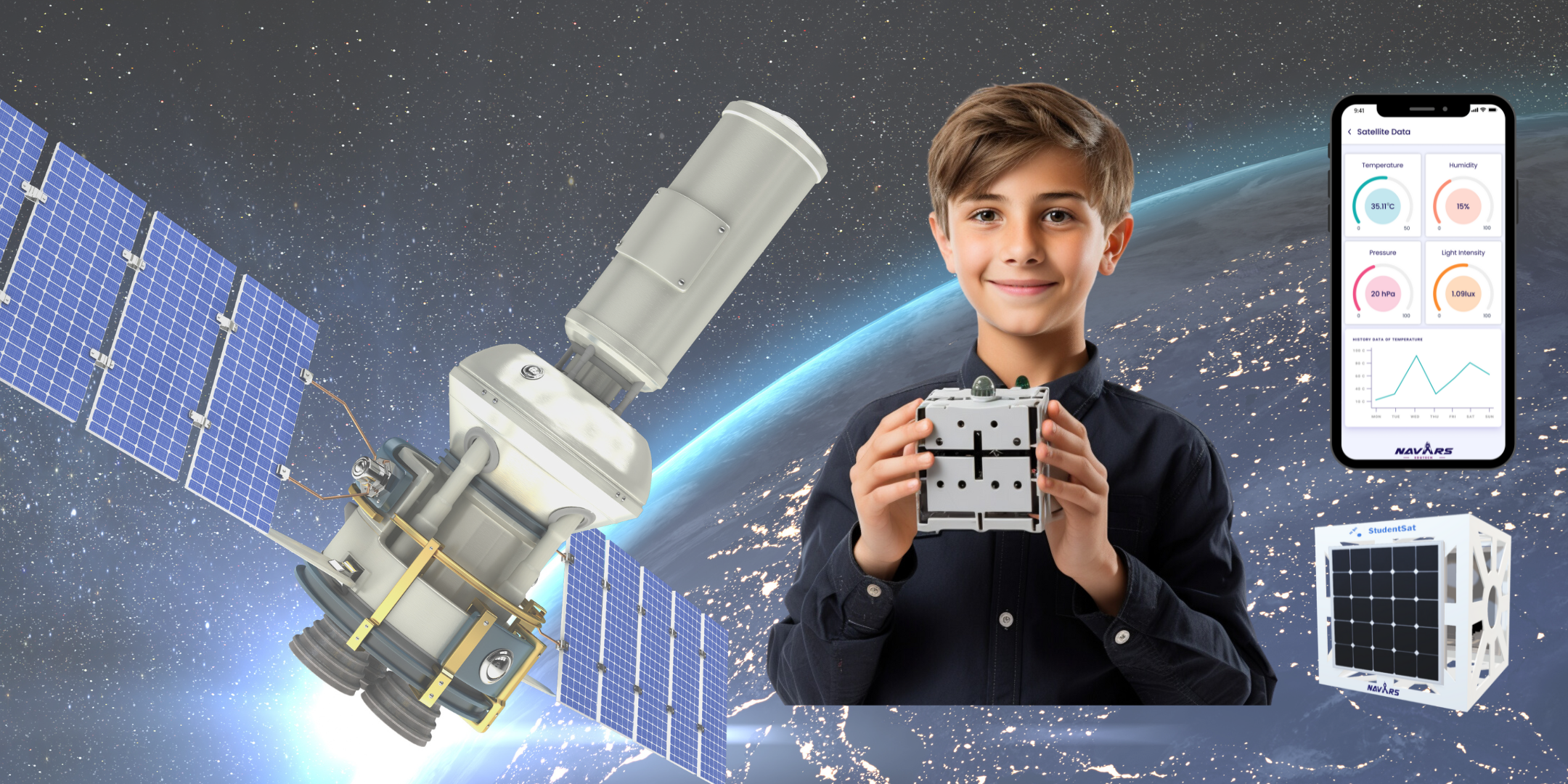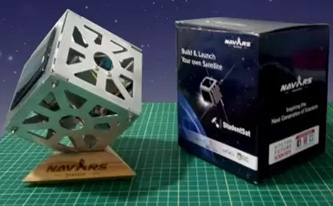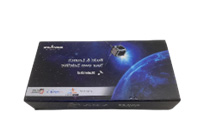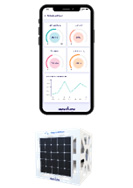Build your own Satellite
Inviting all the Middle and High School Students (From Grade 6th to 11th Grade)
Every Saturday, 10 - 11 AM CST From June 22nd to August 31st 2024
Learn from the Space Experts of latest Mission to Moon - Chandrayaan

iStart Valley brings to you leading edge space education program in collaboration with NAVARS EdTech, a leading Space Innovation Company and Space Industry Leaders working closely with students from various tiers of society and space industry leaders to fill the gap in capacity building among the youth of the nation, help build a sustainable future, and grow the space economy.
From the first beep of Sputnik 1 to the pictures of the universe taken by the James Web Telescope, artificial satellites have proven to be a very important tool to increase human knowledge and technological innovations.
StudentSat is the world’s first student satellite system that simulates the satellite mission and celebrates the transfer of learning. It’s a unique event that encourages you to make and test your own satellite, teach about satellite and witness the launch.
Participants in the primary mission must participate in active learning through challenges, test their own satellite, analyze data and participate in the satellite design contest.
Learning Outcomes
- Learning the basics of satellite systems
- Learning the methods of active experimentation and result analysis
- Evaluate, understand the concepts to learn solve real life problems.
- Using critical thinking to understand the satellite concept in depth.
- Applying learned concepts to create a project and presenting it.
- Learners participate in the problem-solving and presentation processes.
Target Audience
Program is recommended for Middle School Students from 6th to 10th grades.
Schedule
| Session # | Type of Session | Session Content |
|---|---|---|
| 1 | Introduction | Introduction to the Program, Concept of A satellite, Orbits, Structure of a Satellite, Components of Satellite, Types and Uses of satellites, CubeSat Query Submission, Do’s and Don’ts |
| 2 | Basic Electronics | Connectors and breadboard, Simple Circuit, Resistors, Ohm's Law, Voltage Circuit, followed by interactive Quiz on Circuit Simulator |
| 3 | Introduction to StudentSat Electronics | Sensors, MicroController, Communication Module, Power Module, followed by interactive Quiz on Circuit Simulator |
| 4 | StudentSat Assembly | Circuit Diagram, Breadboard mounting & connections, Communication Testing, BUS Assembly, Mobile Application, Testing and Debugging Satellite Data Transmission |
| 5 | Observation Report | Satellite Observations, Data Report submissions, Data Validation, Data Analysis |
| 6 | Satellite Design Challenge | Introduction to TinkerCad platform, Satellite design overview, Satellite Design Challenge for Assessment |
| 7 | Assessment & Feedback | Presentation of Satellite Designs (TinkerCad), Feedback, QnA and Course closure |
Schedule and Fees
Program features 7 Experts led sessions one hour per week from June 22nd to August 31st 2024, every Saturday from 10 to 11 AM CST. Fees for the program include the hardware shipped to your address provided during registration. Total Fees is $345.
Takeaways
StudentSat Kit



StudentSat App
 The StudentSat mobile app is designed to help learners track. and display data from the sensors on the satellite. After connecting the StudentSat kit with the app, learners can view satellite data such as temperature, Pressure, Humidity, and Light Intensity. They can also get a graph of the fluctuation in data over a period of time. The app is available for free in the App Stores.
The StudentSat mobile app is designed to help learners track. and display data from the sensors on the satellite. After connecting the StudentSat kit with the app, learners can view satellite data such as temperature, Pressure, Humidity, and Light Intensity. They can also get a graph of the fluctuation in data over a period of time. The app is available for free in the App Stores.
Program Deliverables

- StudentSat Learners Kit with manual
- StudentSat Pro Mobile App
- Free membership to ISRC Student Community
- Bonus: Hands-on training on TinkerCad
Check out the Videos from Previous Participants
Meet the Instructor

Praveen Suryavanshi
- 10 + years in Astronomy & Space science education
- Certified Amateur Astronomer
- Telescope Expert
- Star Gazing Field Expert
- Co-Founder of the Astronomy Society
- Science Communicator for Nat-Geo India during Chandrayaan-2 Mission
Program Advisor


